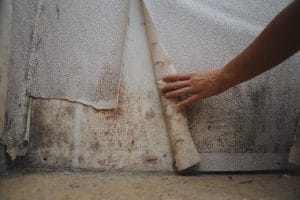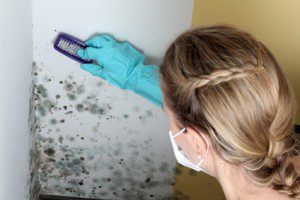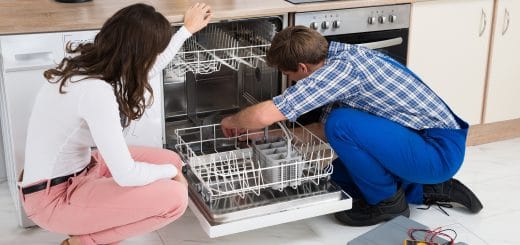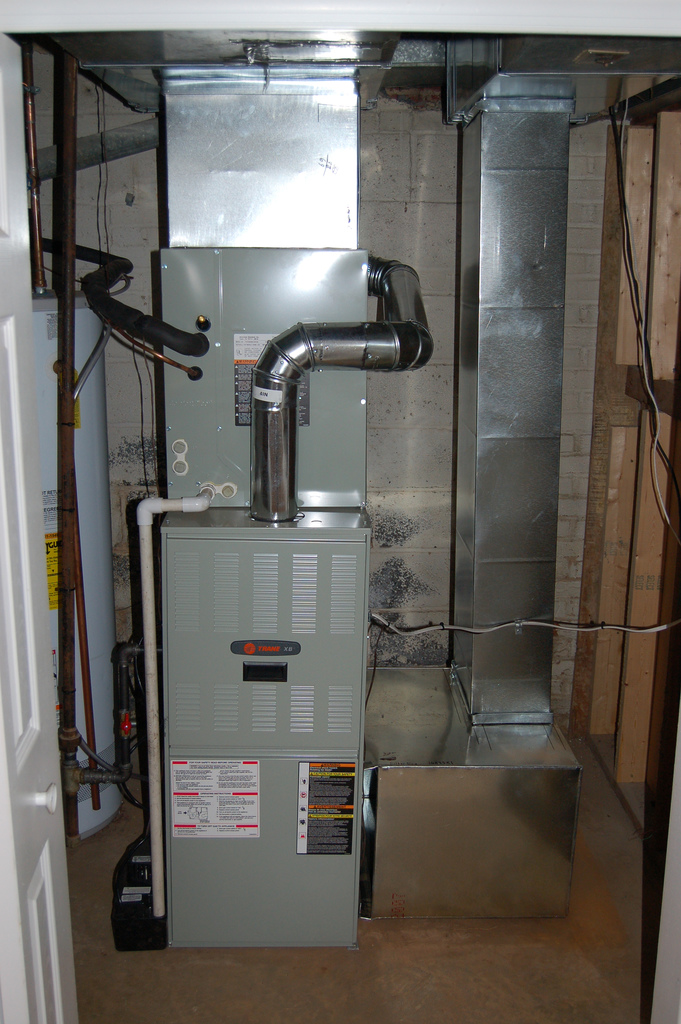Mold Prevention Plan and Tips
 With the changing seasons comes a change in climate within your home. Temperature and moisture levels can tamper with porousPorous describes a material that contains small openings or ... More materials and objects in your house. Especially in the northern states, homes can take an extra beating due to extreme temperature levels throughout the months. Within these temperature changes come moisture changes, which in turn can produce moldMold is a type of fungus that grows in damp or humid conditi... More and mildewMildew is a type of fungus that grows on damp surfaces, typi... More. Once mold and mildew start to grow, it is very hard to clean all sporesSpores are microscopic reproductive units of fungi or mold t... More to diminish the problem. Yet if caught quickly, moldMold is a type of fungus that grows in damp or humid conditi... More can be a problem easily fixed. The following are some moldMold is a type of fungus that grows in damp or humid conditi... More preventionPrevention refers to actions taken to reduce the likelihood ... More tips for your home.
With the changing seasons comes a change in climate within your home. Temperature and moisture levels can tamper with porousPorous describes a material that contains small openings or ... More materials and objects in your house. Especially in the northern states, homes can take an extra beating due to extreme temperature levels throughout the months. Within these temperature changes come moisture changes, which in turn can produce moldMold is a type of fungus that grows in damp or humid conditi... More and mildewMildew is a type of fungus that grows on damp surfaces, typi... More. Once mold and mildew start to grow, it is very hard to clean all sporesSpores are microscopic reproductive units of fungi or mold t... More to diminish the problem. Yet if caught quickly, moldMold is a type of fungus that grows in damp or humid conditi... More can be a problem easily fixed. The following are some moldMold is a type of fungus that grows in damp or humid conditi... More preventionPrevention refers to actions taken to reduce the likelihood ... More tips for your home.
Mold Prevention Plan
First things first, moldMold is a type of fungus that grows in damp or humid conditi... More can be caught before it spreads with mold prevention treatment.
The main problem is that moldMold is a type of fungus that grows in damp or humid conditi... More sporesSpores are microscopic reproductive units of fungi or mold t... More are easily spread through ventilationVentilation is the process of exchanging or circulating air ... More and foot traffic through the home. Make sure your home is dry. Windowsills and doorways usually start to collect condensation because of the drastic temperature difference between the outside and inside air. Newer windows should not have this problem, yet many homes have older windows. If you see water start to collect on the sill, be sure to blot dry with towels, or even keep dry towels on the sill during the day to collect any water puddles. Keeping the windows dry will help prevent moldMold is a type of fungus that grows in damp or humid conditi... More from growing. Once it starts to grow within the window and grout, it is much harder to clean.
Look into purchasing a humidifier. This might sound strange since I just told you to keep the home dry. The winter air is normally extensively dry and you will have to determine your home’s climate. Keeping a controlled environment, aka the moisture level in your home, will actually help your home regulate. It will keep the temperatures and dampness stabilized thus keeping moldMold is a type of fungus that grows in damp or humid conditi... More growth at bay.
If you find your home has extreme moisture levels you’ll need to figure out how to air areas like bathrooms, basements and attics out. Most bathrooms should have a fan within them; make sure to keep it on whenever showering. This will help moisture escape and keep moldMold is a type of fungus that grows in damp or humid conditi... More growth down. Attics should have the same type of fan, depending on how new or old your home is. Since many attic spaces are used for storage, try to check wooden beams and insulationInsulation is a material used in buildings to reduce the tra... More for signs of moldMold is a type of fungus that grows in damp or humid conditi... More. Basements are notorious for mold since they are underground. Floor fans should help with moldMold is a type of fungus that grows in damp or humid conditi... More preventionPrevention refers to actions taken to reduce the likelihood ... More in basements. Keeping the air circulating will help with the moisture level downstairs.
Keep in mind that having your heating system on all winter will naturally dry out the air as well. Yet remember that even though you think your home is dry it doesn’t mean that moldMold is a type of fungus that grows in damp or humid conditi... More sporesSpores are microscopic reproductive units of fungi or mold t... More aren’t thriving in a hidden place.
Air filtration systems need to be cleaned on a regular basis as well. Like stated before, moldMold is a type of fungus that grows in damp or humid conditi... More sporesSpores are microscopic reproductive units of fungi or mold t... More can easily travel through air ducts. Once these sporesSpores are microscopic reproductive units of fungi or mold t... More land on wood, furniture or other porousPorous describes a material that contains small openings or ... More materials, it will be hard to stop since it grows so rapidly.
MoldMold is a type of fungus that grows in damp or humid conditi... More preventionPrevention refers to actions taken to reduce the likelihood ... More doesn’t have to be tricky. Knowing these couple of tips will help you recognize when you have a moldMold is a type of fungus that grows in damp or humid conditi... More problem. Just keep in mind that preventing moldMold is a type of fungus that grows in damp or humid conditi... More from growing is a lot less time and money than cleaning a moldMold is a type of fungus that grows in damp or humid conditi... More and mildewMildew is a type of fungus that grows on damp surfaces, typi... More problem that already exists.
 Professional Mold Remediation
Professional Mold Remediation
However, even with moldMold is a type of fungus that grows in damp or humid conditi... More preventionPrevention refers to actions taken to reduce the likelihood ... More plans in place, there could be natural disasters and other accidents that leadLead is a heavy metal that can be toxic to humans, especiall... More to moldMold is a type of fungus that grows in damp or humid conditi... More growth. In situations where there is water damage on the property, you want to take care of before it turns into a moldMold is a type of fungus that grows in damp or humid conditi... More problem. Water damage is one of the main causes of moldMold is a type of fungus that grows in damp or humid conditi... More, and often times it is hard for property owners to completely eliminate it.
If you believe you have a moldMold is a type of fungus that grows in damp or humid conditi... More or water situation that cannot be handled alone, find a local disaster restoration company near you to help!












